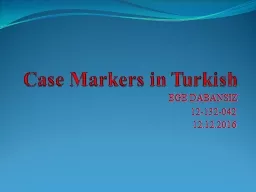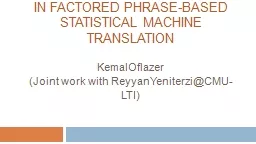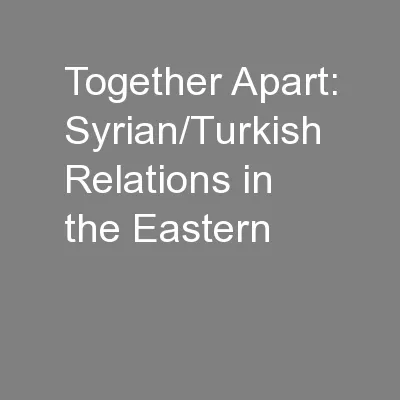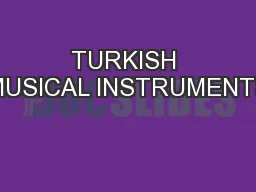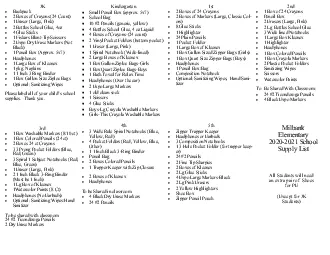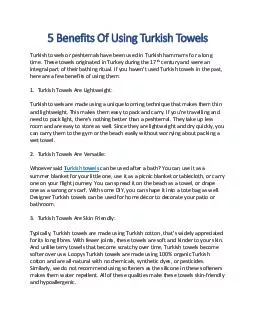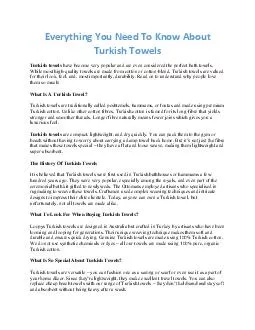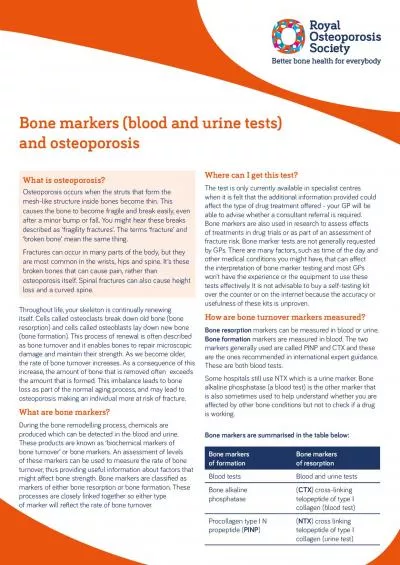PPT-Case Markers in Turkish
Author : contessi | Published Date : 2020-08-28
EGE DABANSIZ 12132042 12122016 Whats the Case We can define the term case in two ways These ways are syntactic and semantic Syntactically
Presentation Embed Code
Download Presentation
Download Presentation The PPT/PDF document "Case Markers in Turkish" is the property of its rightful owner. Permission is granted to download and print the materials on this website for personal, non-commercial use only, and to display it on your personal computer provided you do not modify the materials and that you retain all copyright notices contained in the materials. By downloading content from our website, you accept the terms of this agreement.
Case Markers in Turkish: Transcript
Download Rules Of Document
"Case Markers in Turkish"The content belongs to its owner. You may download and print it for personal use, without modification, and keep all copyright notices. By downloading, you agree to these terms.
Related Documents

